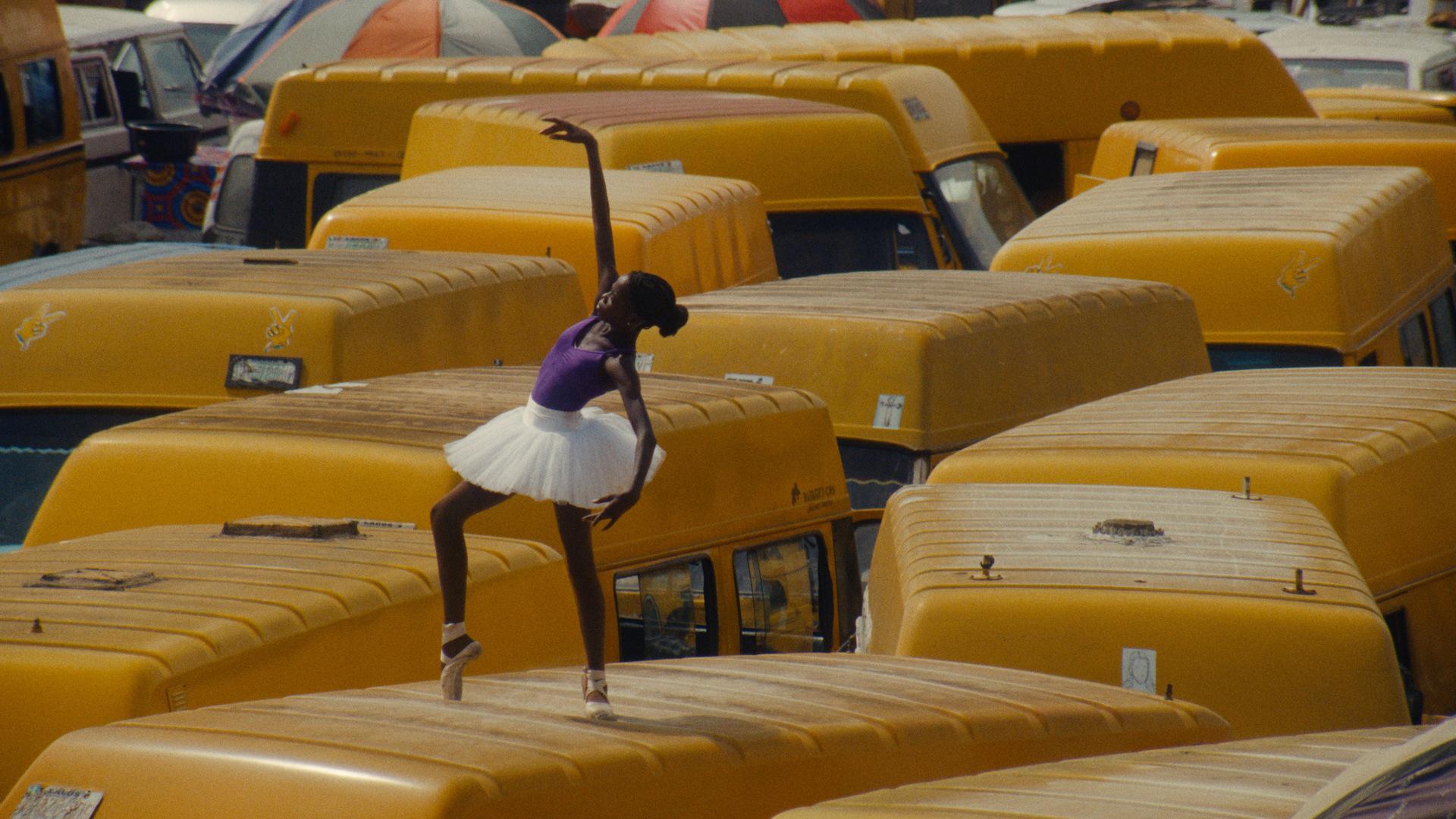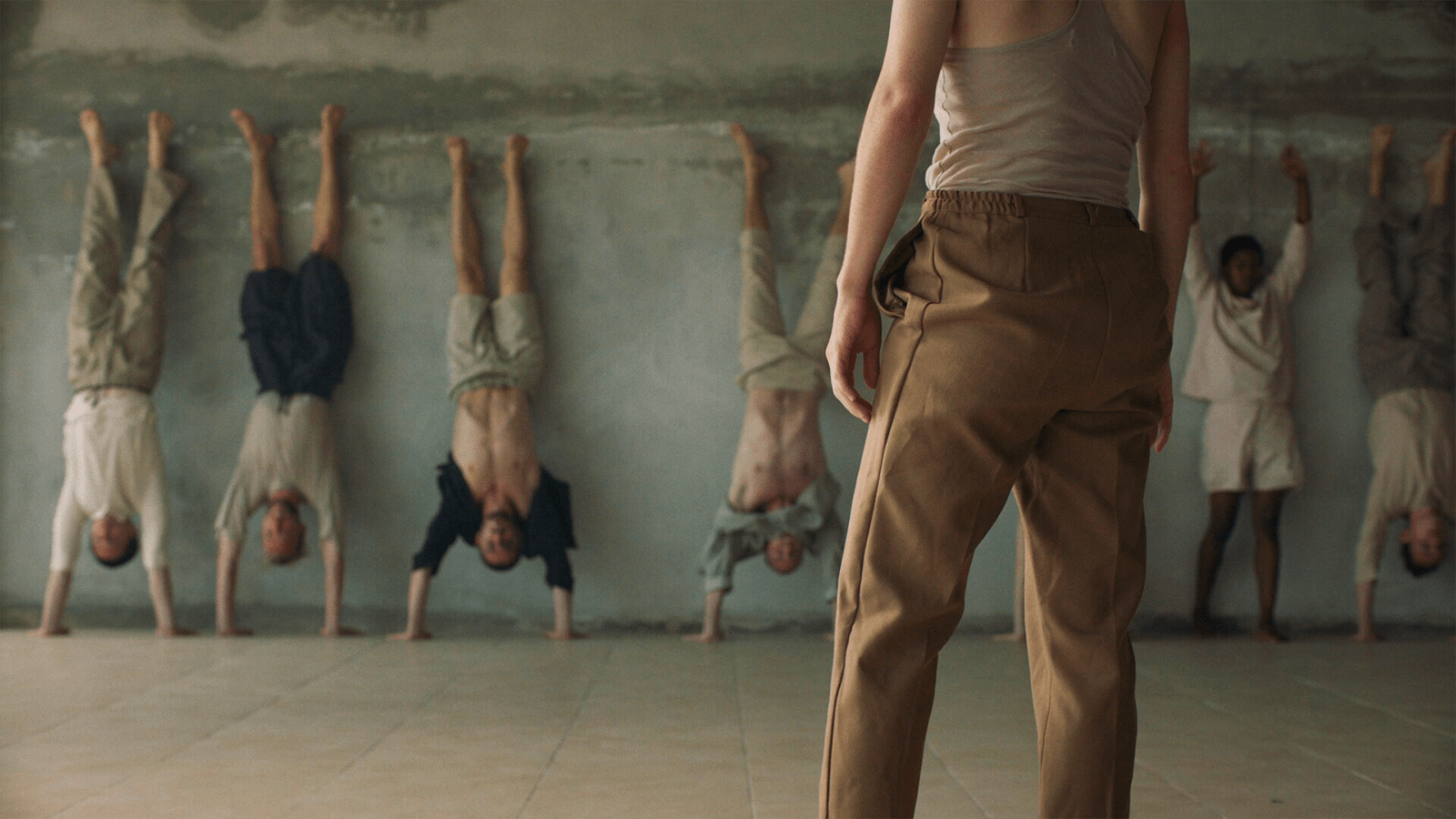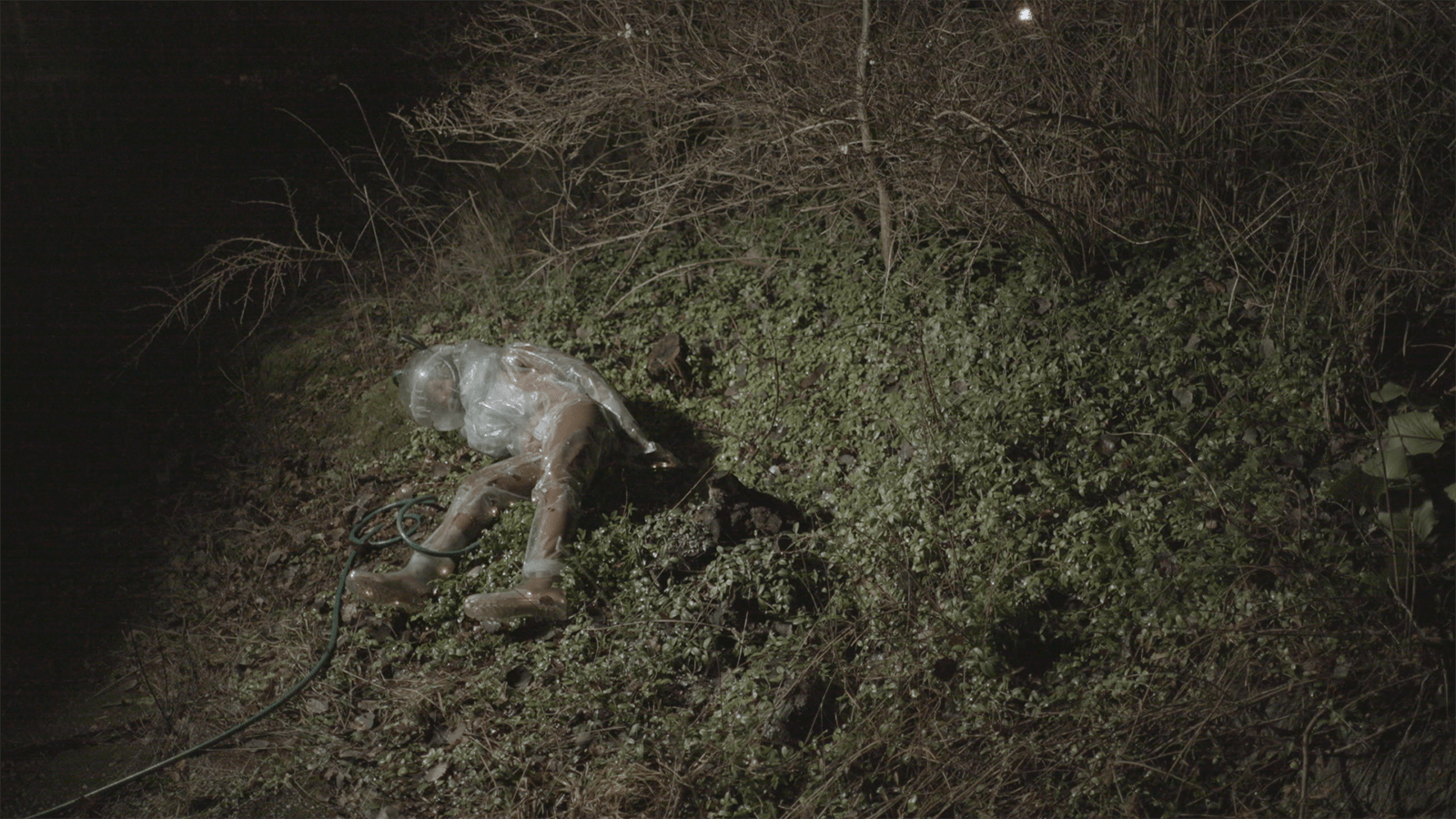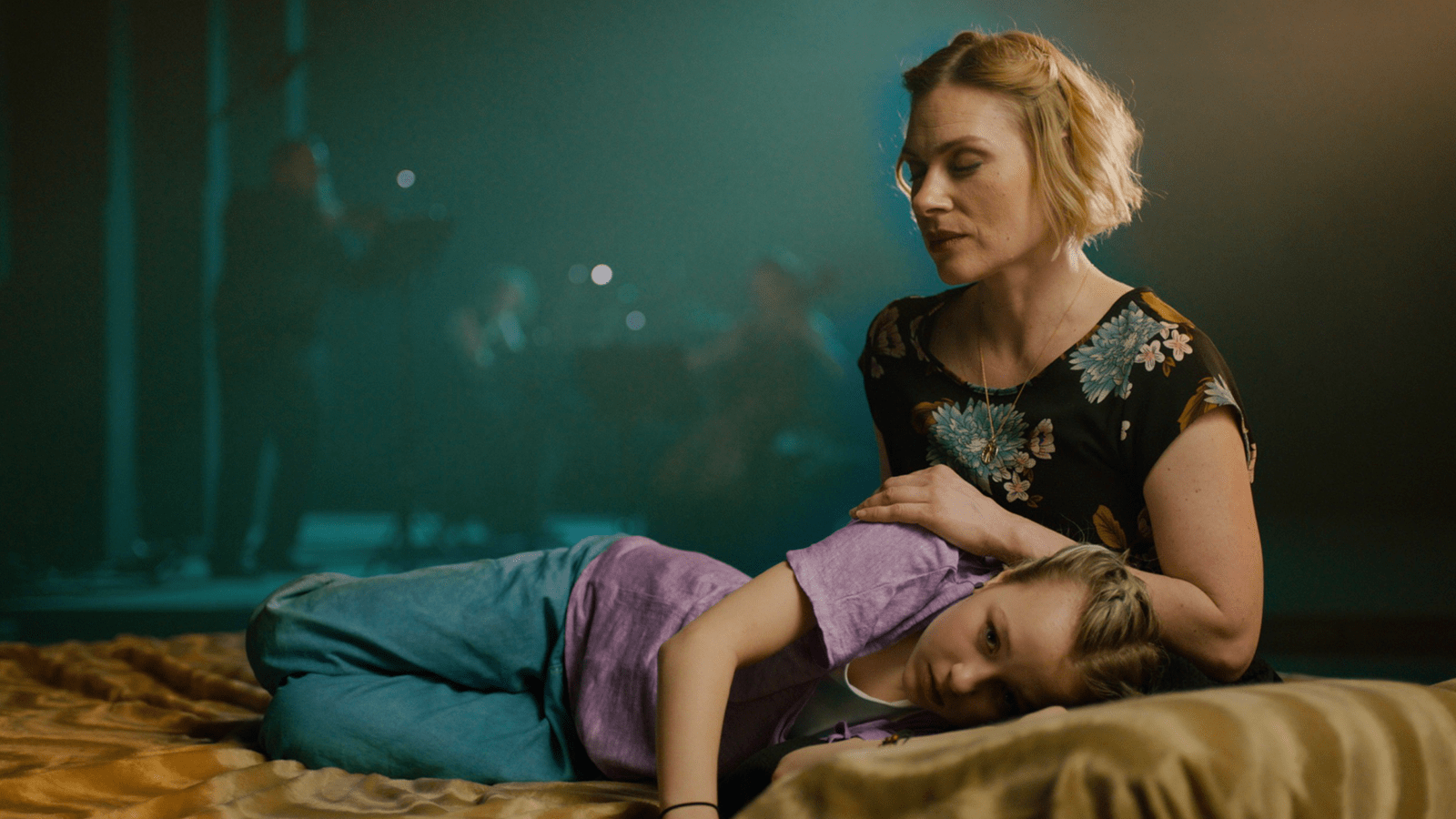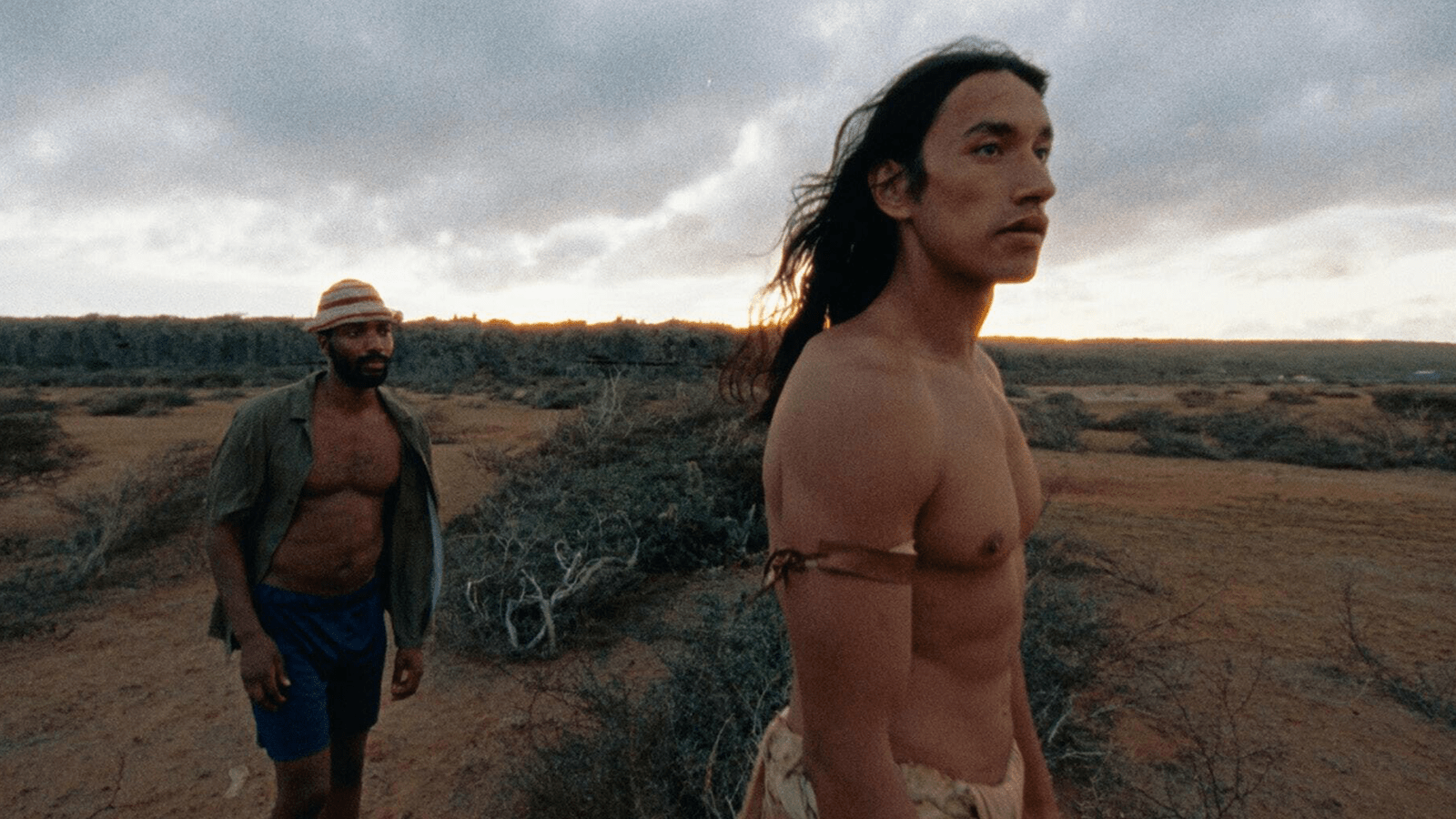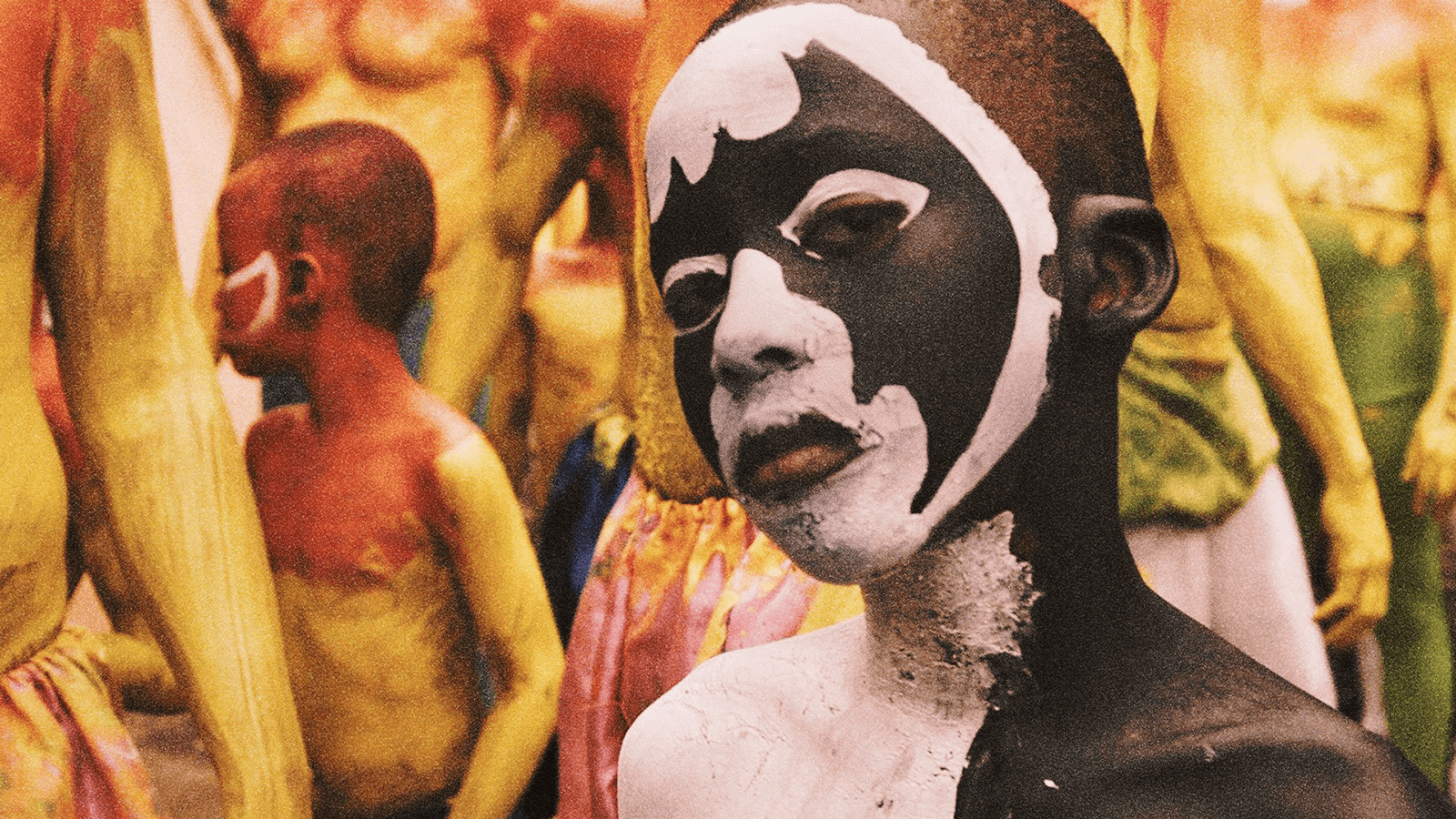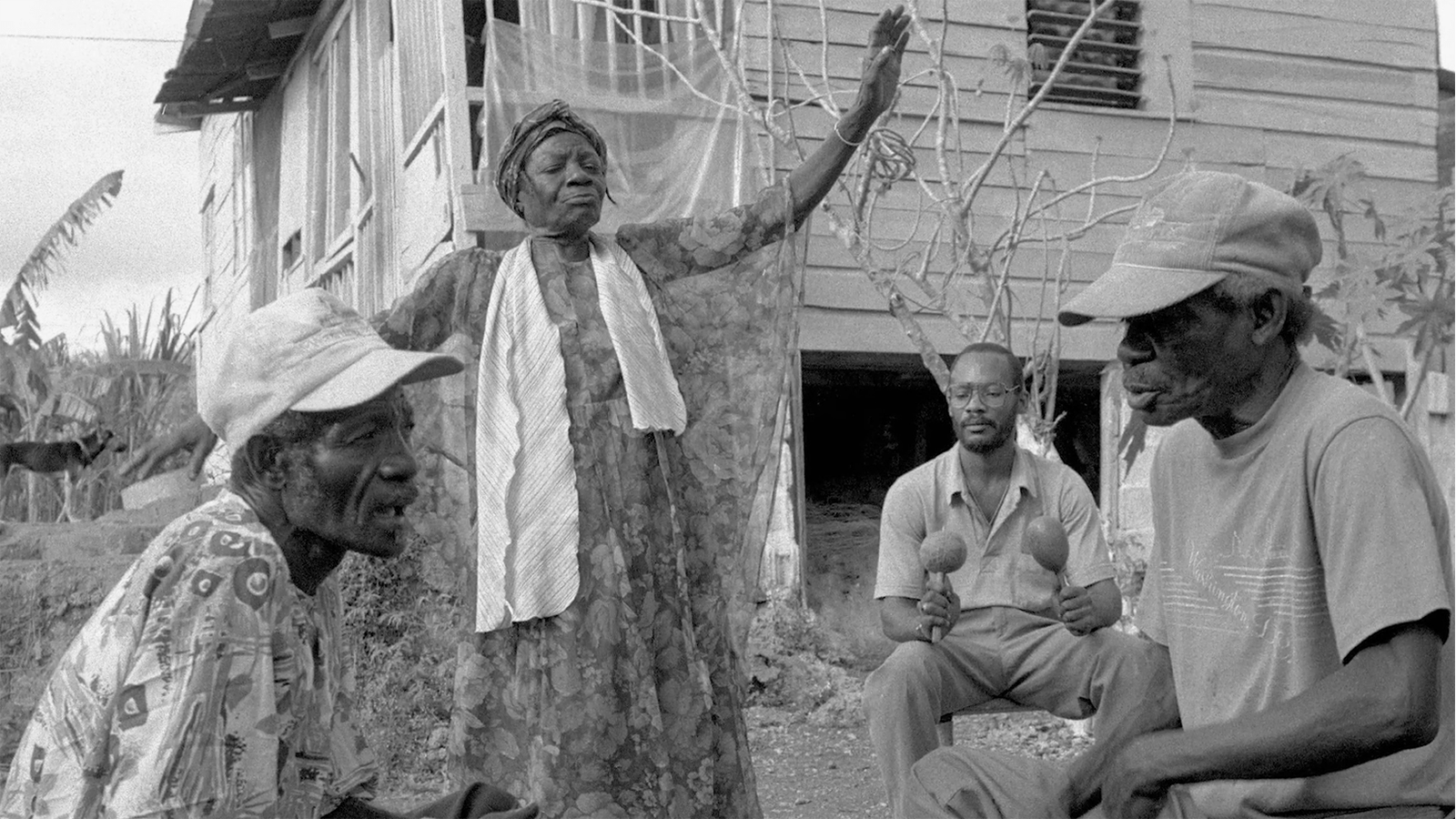FESTIVAL THEMES
2024
Banner Film Still: Q5: The Quintessentials by Sarada Sarita
Cinedans FEST celebrates 20 years of daring, beautiful and fascinating dance films! Every year, we present new and exciting stories told through the prism of the moving body. In this year’s edition we invite you for a captivating journey through lively perspectives of our ever-changing world. Films that are bold, inspiring, striking and hit home with their vulnerability and urgency. Artists playfully open up, reframe and repurpose already existing meanings that can uplift us as well as remind us of the power of dance. Sensitivity, humor and thrill will not be missed in this year’s program. Running like common threads through the different screenings, are the following themes:
RESISTANCE, RESILIENCE & FREEDOM
Artists have always resisted the oppression of freedom through telling stories of struggle and thriving, and revealing the resilience of the body and the human spirit. In this edition, we celebrate spaces of liberation while shedding light on the process and effort it takes to claim them.
Dancing is a poetic act of defiance in the Iranian film And me, I’m dancing too by Mohammad Valizadegan, and an unlikely ballet school in the outskirts of Lagos, Nigeria, ran by a teacher who learned ballet over YouTube, elicits responses of wonder and disbelief, in Jacob Krupnick’s Then Comes The Body. A mother coming to terms with her son’s disability in Holding Moses by Rivkah Beth Medow & Jen Rainin, allows us to follow the process of another kind of emancipation and devotion to care, while Imre van Opstal’s Endurance opens our senses up to explore the strength of the human spirit and the physical and emotional aspects of endurance. The innate joy and competitive edge of the playing game Ampe discloses the desire of black girls to be set unconditionally free, in the short doc Ampe: Leap into the Sky, Black Girl by Ghanaian/Nigerian artists Claudia Owusu and Ife Oluwamuyide. Uprooted: The Journey of Jazz by Khadifa Wong, bares us witness to the long and spectacular evolution of Jazz in movement and music, starting from the historic and artistic roots in enslaved people from Africa. Witness an impressive linear examination of the genre, its American history, struggle,
GRIEF & RECONCILING THE PAST
We stand in a moment when the world grapples with grief and yet tries to insist finding ways to reconcile with the past. Filmmakers and choreographers use dance film as a poetic, symbolic and transcending medium to confront personal and world history, channel emotions and articulate new futures.
Carried in Silence by Vilma Tihilä speaks about intergenerational trauma and suppressed emotions carried through the relation between a mother and a daughter. A young fisherman in Curaçao dares to open up to the fate of his brother and learns to embrace his future in La Ultima Ascensión by Kevin Osepa, who re-approaches post-colonialism and re-imagines the Afro-Caribbean identity. Inspired by hydrofeminist theories and wearing a vessel suit, full of leaking water, artist Elisabeth Raymond in Through Magma tells an otherworldly story about sorrow, the plastic in our oceans and how our entanglement and borders are liquid.
Faces of Passing Love by Taiwanese Hsiang-Yun Huang is a film that mourns for past lovers through obsolete technology: a repeatedly projected slideshow, where eyes open, mouths whisper, tears linger, all posed to shut and fall.
RITUALS & HEALING
Rituals have very deep origins in humanity and help us cope with facing uncertain times. Their practice can mean celebration and healing. In this edition, we dive into postcolonial themes with the special program Breaking the Chains, where artists go back to their roots and bring ancestral rituals on the central stage. Through our festival program, you will meet old and new rituals as they become a catalyst for transformation in the process of healing.
On the night of August 14, 1791, a Vodou ritual took place in Bois-Caïman that became the precursor to a mass uprising against slavery and led to the birth of Haiti, the world’s first Black independent republic. Kite Zo A – Leave the Bones by Kaveh Nabatian is a powerful and dynamic journey through the Haitian history and culture, not to be missed.
Dipped in Black by Derik Lynch & Matthew Thorne follows a Yankunytjatjara queer indigenous artist escaping the oppression of white city life in Adelaide to go back home to his Anangu Community (Aputula). As memories of his childhood return, he performs for spiritual healing on sacred Inma ground.
“Once you beat that drum, you have called the ancestors” says Imogene “Queenie” Kennedy in Kumina Queen by Nyasha Laing. Queenie was a contemporary priestess in post-colonial Jamaica, that catapulted her African spiritual practice into renown. Her mysterious world reveals a divergent pathway to freedom, healing, and transformation.
It takes six weeks to come off anti-depressants. In A Drifting Up, director Jacob Lee begins a daily practice of dancing and inviting pedestrians to join, in order to go through the process of rehabilitation. Shot in the streets of Bristol and London, the film documents a journey from isolation to connection.
